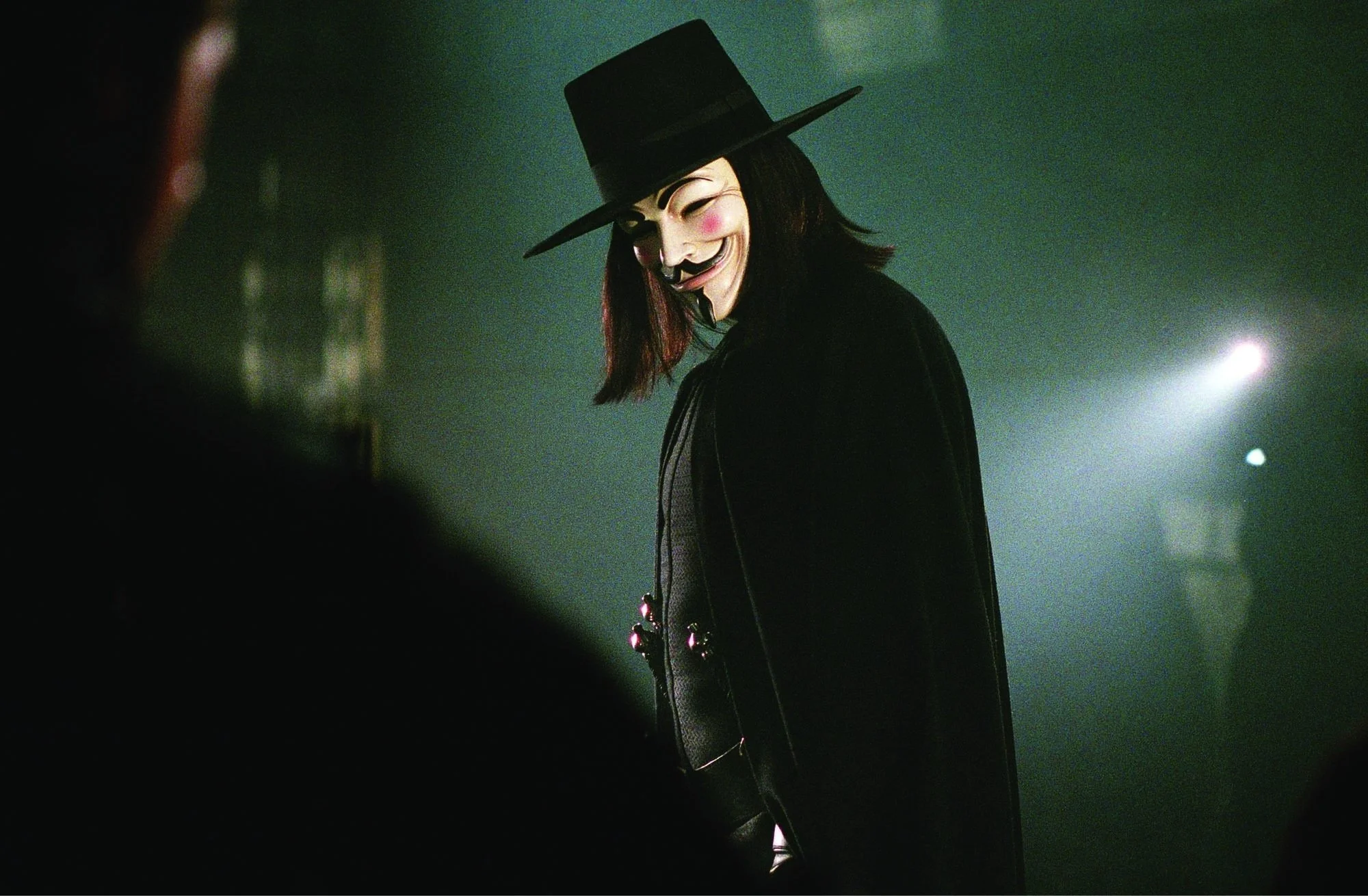How to formulate a Line of Inquiry for your Higher Level Essay? (With Examples!)
IB English Tutors in Hong Kong. ROOTS Academy offers an exam-oriented, step-by-step approach to guide students in mastering everything they need to achieve a Level 7 at IB English Language and Literature. Contact us at rootsacademy.hk@gmail.com or WhatsApp at +852 9443 9576 to learn more.
Executive Summary: In gist, your line of inquiry must connect a linguistic or literary perspective (for literary works, that may be symbolism, characterisation, or the use of certain motifs, while for non-literary work like films, that may be set design, use of diegetic or non-diegetic sounds, or the cinematography) to a core message or underlying theme of the text (for example, the themes of power, religious freedom, struggles with identity, gender inequality and so forth).
About the Higher Level Essay (HLE)
Higher Level students are required to write a 1,200 to 1,500 word formal essay which develops a line of inquiry (LOI) of their own choice in connection with a non-literary body of work or a literary work studied during the course. The HLE makes up 20% of your final English grade and will be graded externally. For the HLE, IB requires students to adhere to the formal framework of academic essays — this means the essay is supported by full and accurate citations and references.
“What are the core messages and underlying themes the author is trying to articulate in the text? What are the evidence of authorial intent? How does the author communicate these core messages through authorial choices? And lastly, what are some authorial choices that particularly resonate with you? ”
Formulating your Line of Inquiry (LOI)
Components of a LOI — Your LOI should preferably include all of the following components:-
Interrogative adverbs: Since your LOI should preferably be framed as a question, it should start with a question / interrogative term. Question terms like “to what extent” and “to what effect” are particularly effective and persuasive as it forces the candidate to be evaluative and infuse the “why” into the “how”, creating a more developed and focused response.
Title, Author, and Genre: By including the particulars of your selected work in the LOE, students demonstrate to examiners that the LOI is focused, precise, and well-developed (Criterion C).
Literary and Linguistic Perspective: According to IB, students are required to construct a “focused, analytical argument examining the work from a broad linguistic or literary perspective”. To arrive at a linguistic or literary perspective, you can start by thinking about authorial intention through the following questions — What are the core messages and underlying themes the author is trying to articulate in the text? What are the evidence of authorial intent? How does the author communicate these core messages through authorial choices? And lastly, what are some authorial choices that particularly resonate with you?
Examples of literary or linguistic perspective: characterisation and character development, use of symbols and motifs, use of diction and language, spatial proximity, realism, set and production design, and so forth.
Core messages and underlying themes: Once you have decided on a particular literary or linguistic perspective, you must connect the literary or linguistic perspective to a core idea or underlying theme of the text. Going back to authorial intent, you can again think about what are the core messages or ideas the author is trying to articulate in the text and how are these messages conveyed through the literary or linguistic perspective (i.e., authorial choices).
Examples of core messages and underlying themes: generational trauma, abuse of power, subversion of gender stereotypes, income and social inequality, commodification of human beings, etc.
Context (optional): To demonstrate a complete and developed understanding of the text (Criterion A) and to make sure the response is focused and organized (Criterion C), student should ideally include the context of the the text itself within the LOE (e.g., Iranian Revolution, late 18th century, etc.).
Tip: when developing your LOI, remember to think about the scope — how broad or limiting is it? Are you able to produce a sufficient and developed answer within 1,200 to 1,500 words?
James McTeigue's V for Vendetta (2005)
Line of Inquiry — Examples
“How and to what effect does Shakespeare employ Judeo-Christian symbolism in his play Othello to explore Machiavellian Principles in the late 16th century?”
Interrogative Adverb(s): How and to what effect
Title, Author, Genre: Othello, Shakespeare, Play
Literary or Linguistic Perspective: Judeo-Christian Symbolism
Core idea and underlying theme: Machiavellian Principles
Context: Late 16th Century
“To what extent does Kazuo Ishiguro utilize characterization and symbolism to illustrate the dehumanising commodification of human beings in his 2005 science fiction novel Never Let Me Go?”
Interrogative Adverb(s): To what extent
Title, Author, Genre: Never Let Me Go, Kazuo Ishiguro, Novel
Literary or Linguistic Perspective: Characterisation and Symbolism
Core idea and underlying theme: Dehumanising Commodification of Human Beings
Context: N/A (alternate reality)
“How does Todd Philips’ use of set design and colour in the 2019 film Joker demonstrate the destructive consequences of societal ostracisation in contemporary 21st century society?”
Interrogative Adverb(s): How
Title, Author, Genre: Joker, Todd Philips, Film
Literary or Linguistic Perspective: Set Design and Colour
Core idea and underlying theme: Destructive Consequences of Societal Ostracisation
Context: 21st Century Society
“To what effect does Marjane Satrapi utilise religious symbolism in the graphic novel Persepolis to illustrate one’s struggle with identity during and after the Islamic Revolution?”
Interrogative Adverb(s): To what effect
Title, Author, Genre: Persepolis, Marjane Satrapi, Graphic Novel
Literary or Linguistic Perspective: Religious Symbolism
Core idea and underlying theme: Struggle with Identity
Context: During and After the Islamic Revolution
“How does Alan Moore, David Lloyd, and Tony Weare employ the characterisation of V to elucidate the dismantling of contemporaneous power structures in their graphic novel V for Vendetta?”
Interrogative Adverb(s): How
Title, Author, Genre: V for Vendetta, Alan Moore, David Lloyd and Tony Weare, Graphic Novel
Literary or Linguistic Perspective: Characterisation of V
Core idea and underlying theme: Dismantling of Contemporaneous Power Structures
Context: N/A (near future dystopian world)



